Author
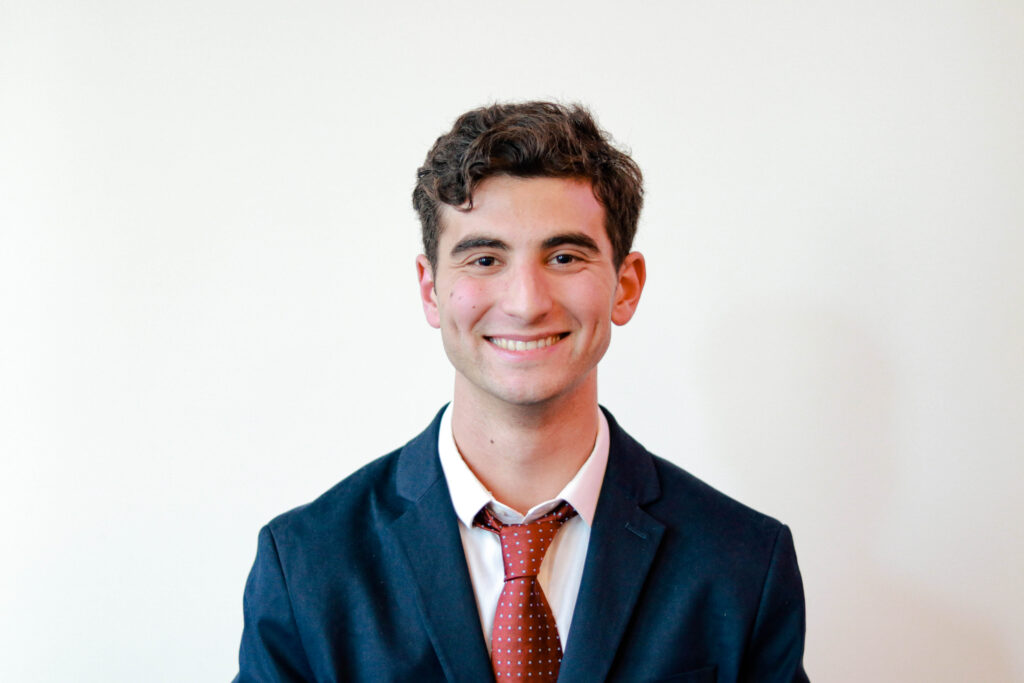
Mentor
Dr. Michele Cotrufo
Abstract
Recent works have shown that angular filters — based on distributed Bragg reflectors — can be utilized in holographic head-mounted displays to remove DC and higher order noise produced from a spatial light modulator [1]. These devices perform Fourier filtering by directly filtering plane waves with respect to their angle of propagation. However, the thickness of these devices are still several wavelengths of light. In this thesis, we will improve upon these constraints using electromagnetic metamaterials, which are artificial materials composed of subwavelength atoms (meta-atoms). In the second part of this thesis, we will experimentally categorize the temperature-dependent response of VO2, which undergoes an insulator-to-metal transition. By integrating phase changing materials into metasurfaces, optical responses can be dynamically reconfigured.
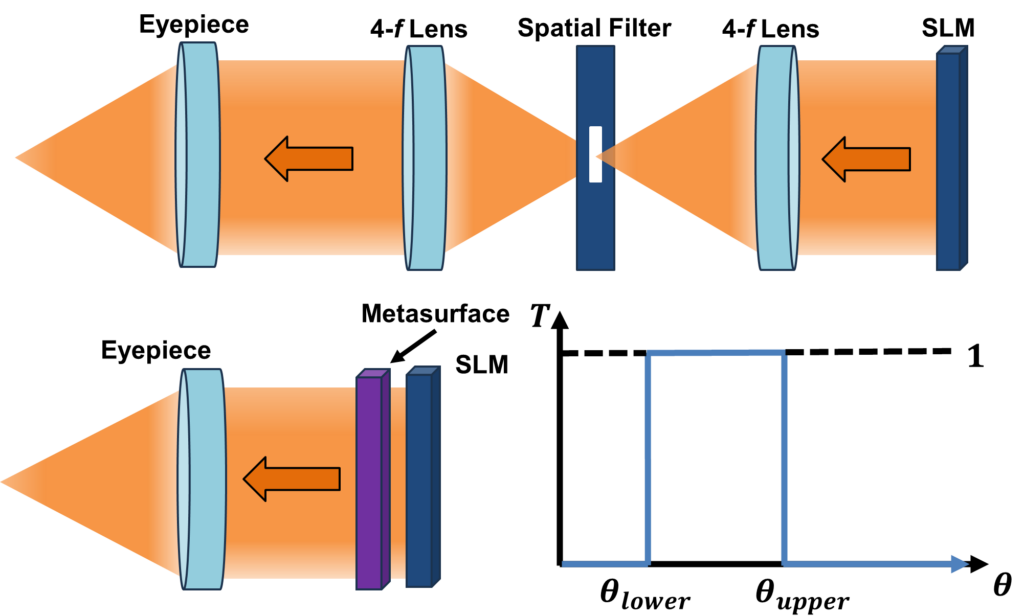
Methods
Simulation
Simulations are performed using RETICOLO 9.0, a freely available library for MATLAB that solves the Maxwell equations for periodic structures. Design inspiration is a nonlocal metasurface proposed for quantitative phase contrast imaging [2].
VO2 Transmission Measurements
Temperature-dependent transmission measurements of a thin VO2 film will be recorded and compared to current literature. The sample is placed on a heating element whose current is adjusted. Temperature readings are performed by a small temperature detector attached to the VO2 layer. The incidence angle of the light upon the VO2 can be varied (see angle θ in the drawing below).
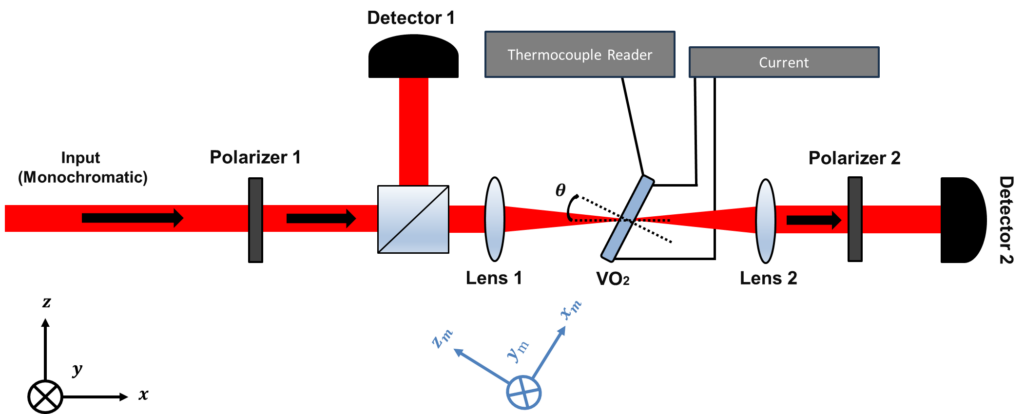
Simulation Results
Our goal is to achieve a transmission profile with a sharp angular response at normal incidence and a reduction of the profile over larger angular ranges. By layering a device that has a local response in k-space with a device that has a nonlocal response in k-space, we may construct a larger metasurface that meets both conditions. It is important to note that the transfer function of the larger device is not, in general, given by the product of the individual transfer functions. Thus, cascading the two devices does not automatically guarantee the desired operation, and further fine-tuning of the geometry is typically required.
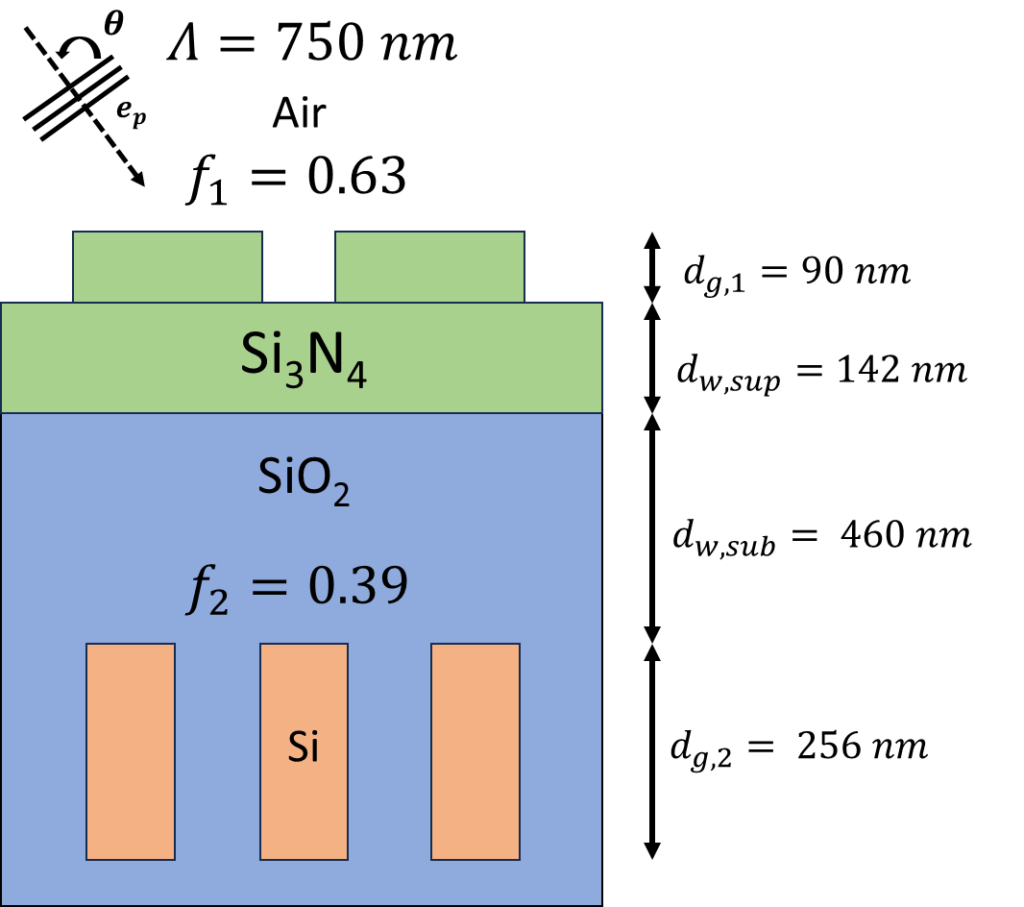
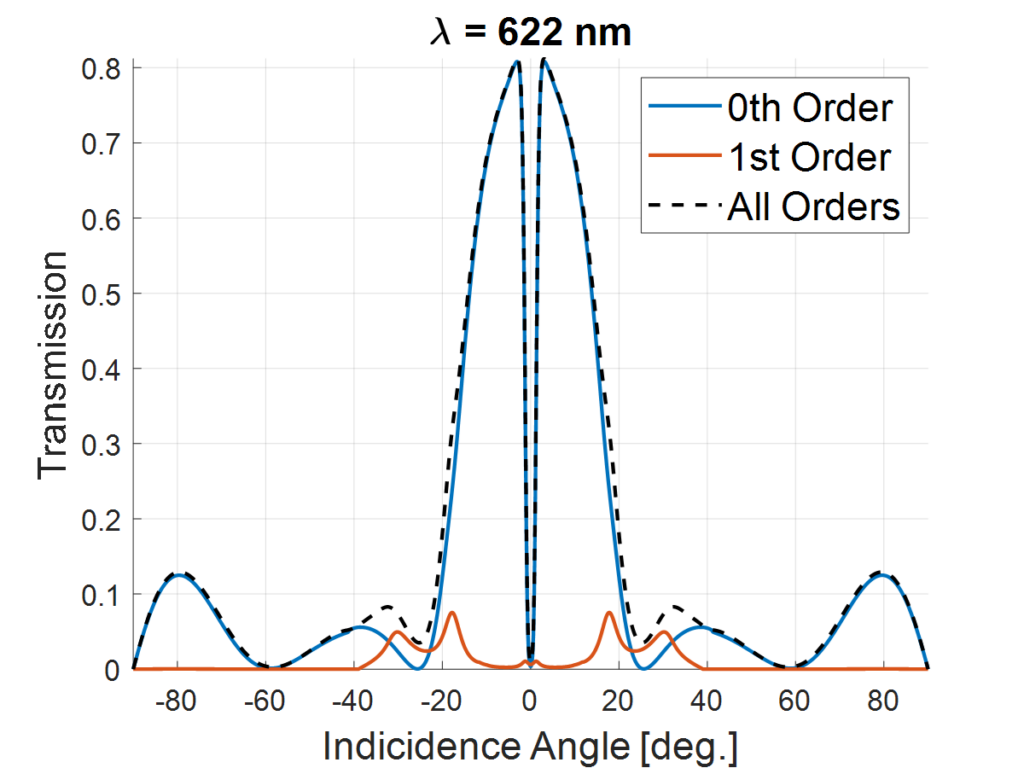


VO2 Transmission Measurements
A 35-nm-thick film of VO2 on quartz was illuminated at normal incidence from the VO2 side. Our 1550 nm source consisted of a Leukos Rock 400 plugged into a Photon Etc. LLTF Contrast Supercontinuum Tunable Filter. The source was focused on the sample using a 4 – f configuration. To record the transmission of the VO2, photodiodes were used. By first removing the sample, a baseline power reading for the light was measured at Detector 2. Averaging this power reading represents the 100% transmission state of the VO2 film when it is placed in front of the laser source. The optical power leaving the VO2 is divided by the baseline measurement without the VO2.


Conclusion
The next step is to introduce VO2 to the static design. By incorporating phase changing materials into metasurface designs, we can achieve separate responses for the cold and hot states of the device. Since the characteristics of VO2 in the cold state are similar to that of silica, a thin layer of VO2 could be inserted between the two gratings. This requires that the design be scaled to a larger geometry to operate at infrared wavelengths. We have shown that metasurfaces applied to image processing tasks can benefit from cascading local and nonlocal gratings. While we are not guaranteed that the global transfer function is the element-wise product of the individual designs, an advantage of this approach is that each component can be optimized individually.
Acknowledgments
I would like to express gratitude to my advisor, Dr. Michele Cotrufo, for his incredible mentorship and guidance throughout this research project. In addition, I would like to thank Dr. Adam Purtee for providing me with gradient-descent-based principles that I utilized in this design. Finally, thanks to Dr. Wayne Knox for organizing the senior thesis capstone.
